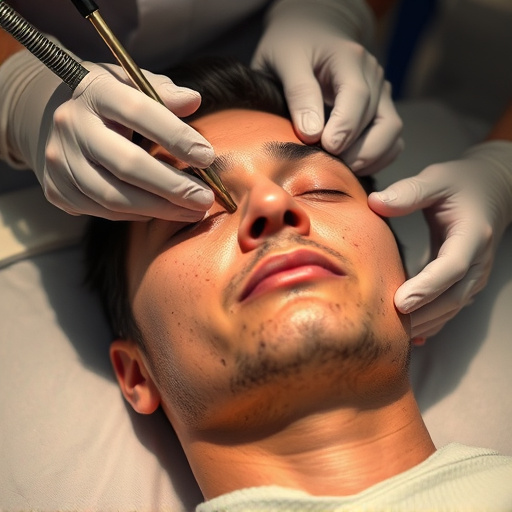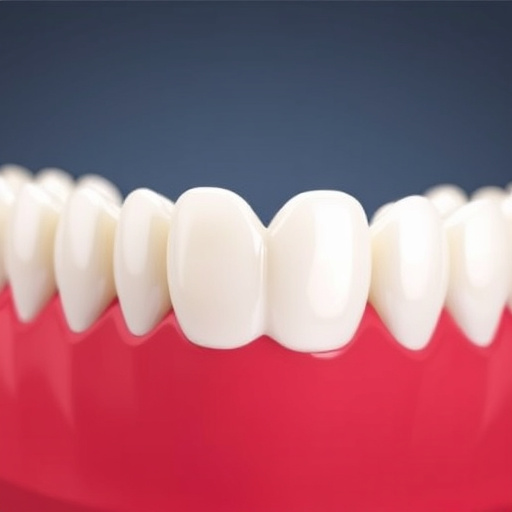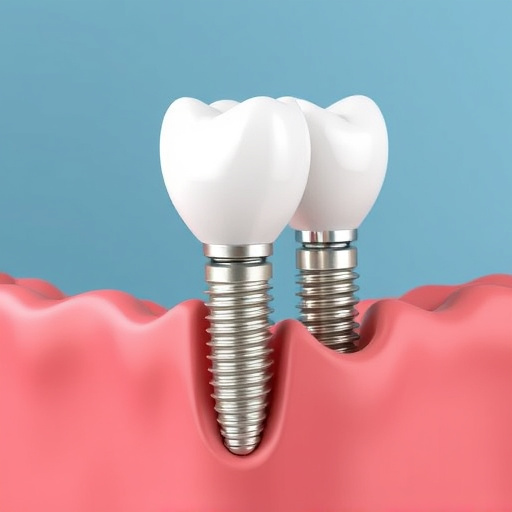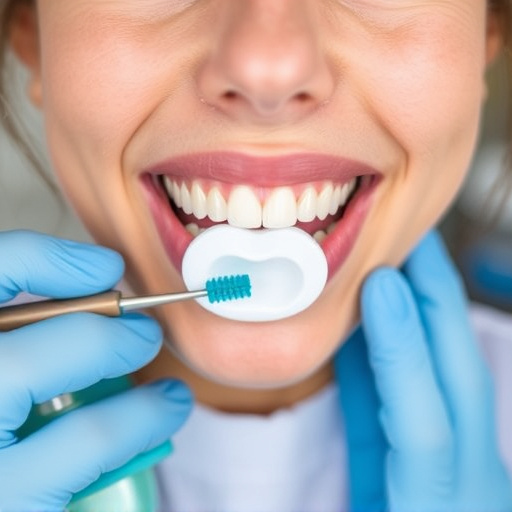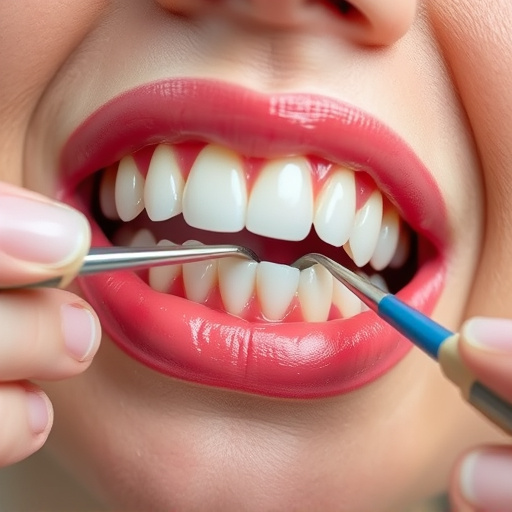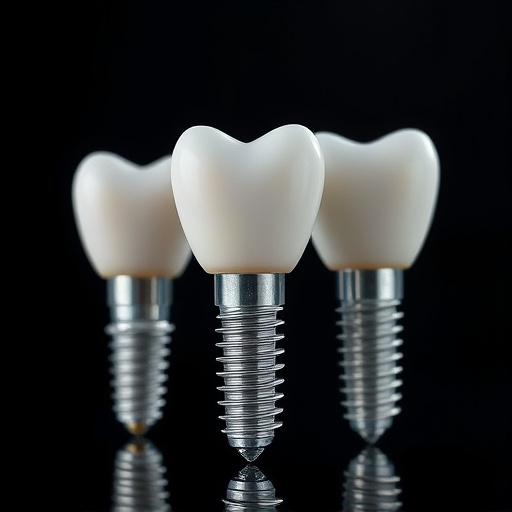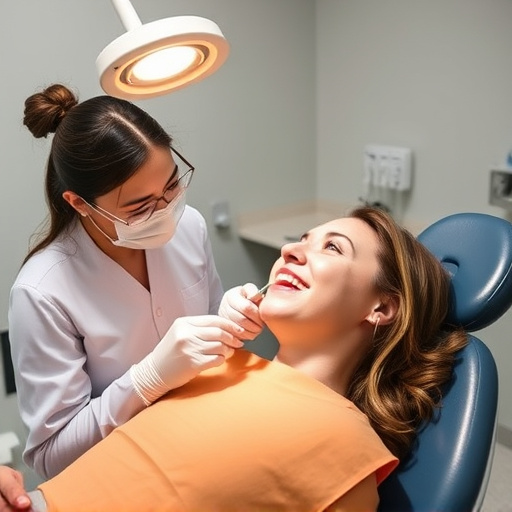Wisdom teeth removal involves assessing and extracting problematic third molars under local anaesthesia with options like IV sedation for deeper relaxation or 'laughing gas'. Post-operative care emphasizes proper healing through rest, hydration, soft foods, ice packs, good oral hygiene, and avoiding strenuous activities. Regular dentist follow-ups ensure optimal healing.
Considering wisdom teeth removal? Explore the benefits of IV sedation and laughing gas for a more comfortable experience. This guide breaks down the wisdom teeth removal process, highlighting the advantages of these sedative options. Learn about recovery and aftercare tips to ensure safe healing. Make an informed decision with this comprehensive overview on wisdom teeth removal.
- Understanding Wisdom Teeth Removal Process
- Benefits of IV Sedation and Laughing Gas
- Recovery and Aftercare Tips for Safe Healing
Understanding Wisdom Teeth Removal Process
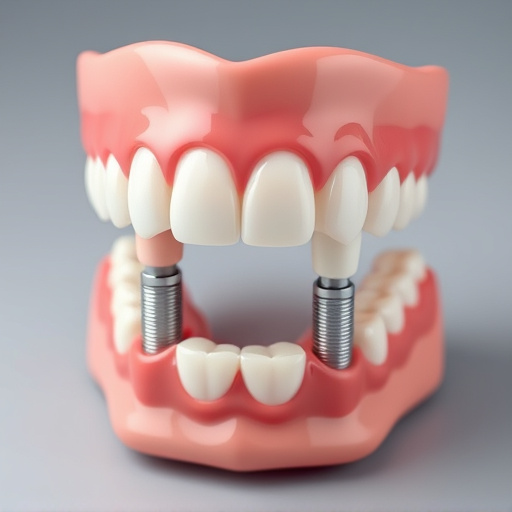
Understanding the wisdom teeth removal process is crucial for anyone considering this procedure. During the wisdom teeth removal, a dental professional assesses the position and health of the third molars, commonly known as wisdom teeth. If they are impacted—fully or partially submerged in the gum tissue—or causing pain, infection, or damage to adjacent teeth, removal becomes necessary. The procedure involves local anaesthesia to numb the area, followed by surgical extraction. General dentistry professionals often perform this routine yet delicate operation in their offices under two common sedation methods: IV sedation for deeper relaxation and ‘laughing gas’ (nitrous oxide) for milder calmness.
Restorative dentistry plays a vital role after wisdom teeth removal, focusing on maintaining oral health and aesthetics. Proper healing, including managing pain and swelling, is essential during the post-operative period. Patients are advised to follow specific care instructions, such as keeping the surgical site clean, avoiding strenuous activities, and adhering to a soft or liquid diet until the healing process is complete.
Benefits of IV Sedation and Laughing Gas
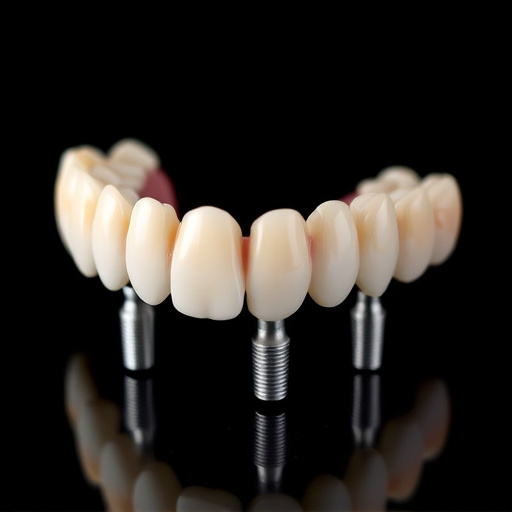
Wisdom teeth removal is often a necessary step in preventive dentistry, ensuring potential issues don’t arise later on. When it comes to the procedure itself, modern options like IV sedation and laughing gas offer comforting alternatives to traditional methods. These techniques are particularly beneficial for patients concerned about pain and discomfort during the process.
IV sedation provides a deep state of relaxation, nearly eliminating feelings of anxiety or pain. It’s an excellent choice for those who want a complete mind-body calmness during their treatment, allowing for a smoother and quicker recovery afterward. On the other hand, laughing gas offers a more subtle yet effective way to ease nervousness. It helps patients stay awake and relaxed, making the procedure less daunting. Both methods are accessible within the realm of cosmetic dentistry, catering to patient comfort without compromising the effectiveness of wisdom teeth removal, and even offering relief that extends beyond the dental chair.
Recovery and Aftercare Tips for Safe Healing
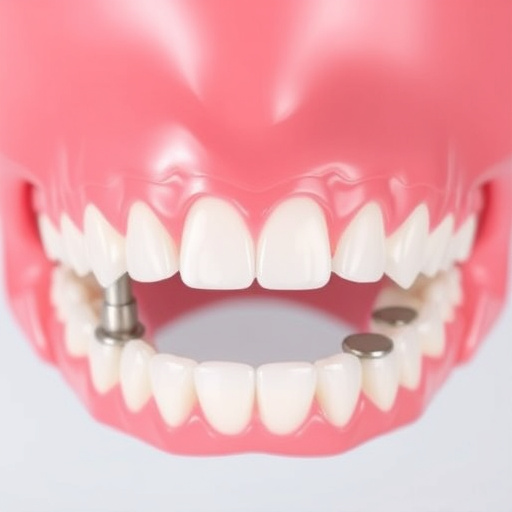
After wisdom teeth removal with IV sedation or laughing gas, proper recovery and aftercare are essential for safe healing. It’s crucial to rest adequately for the first 24-48 hours, avoiding strenuous activities and physical exertion. Staying hydrated by drinking plenty of water is vital to aid in the healing process and maintain oral cleanliness. Soft foods should be consumed for a few days, gradually introducing solid foods as discomfort allows.
To minimize swelling and pain, ice packs can be applied to the cheeks near the extraction sites for 15-20 minutes at a time. Avoid smoking, spitting, or using straws, as these activities can disrupt blood clot formation and increase the risk of complications like dry socket. Regularly rinse your mouth with warm salt water several times a day to keep the area clean and promote healing. Follow up with your dentist as recommended for post-operative care, which may include checking for proper healing and addressing any concerns. Additionally, maintain good oral hygiene practices, such as brushing gently and using mouthwash, to prevent infection and ensure optimal recovery from tooth extractions, including wisdom teeth removal.
When considering wisdom teeth removal, both IV sedation and laughing gas offer safe, effective options for managing discomfort. By understanding the benefits of each method and following proper aftercare guidelines, you can ensure a smooth recovery. Whether you choose IV sedation for deeper relaxation or prefer the mild sedative effects of laughing gas, both options allow for a more comfortable experience during what can otherwise be a challenging procedure. Remember to discuss these choices with your dentist to determine the best approach for your individual needs.

